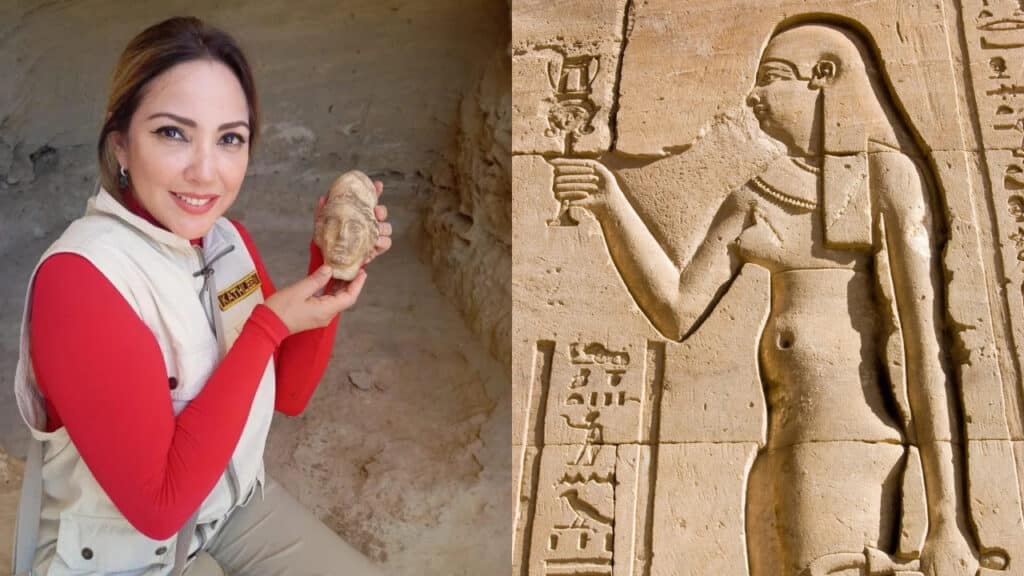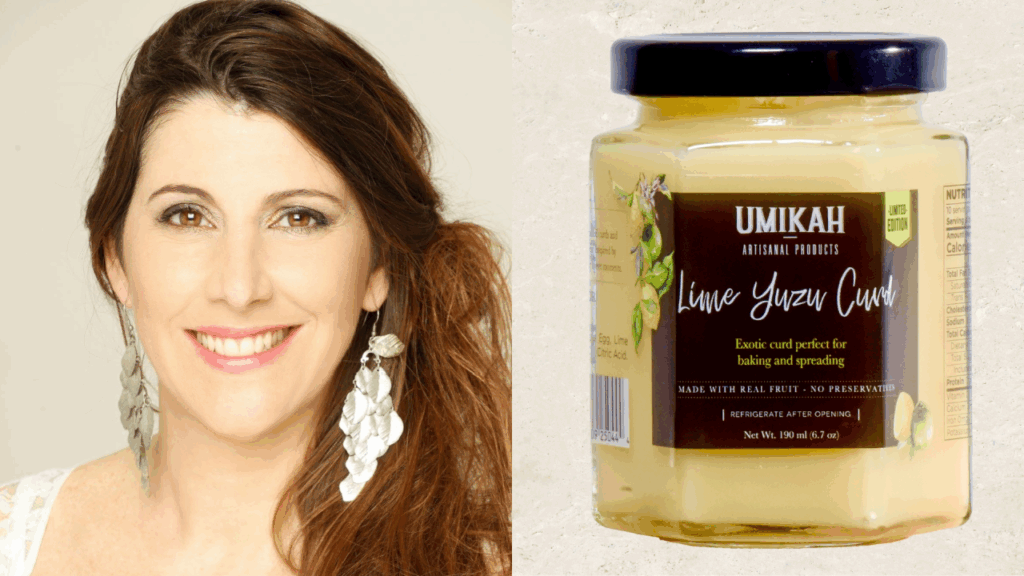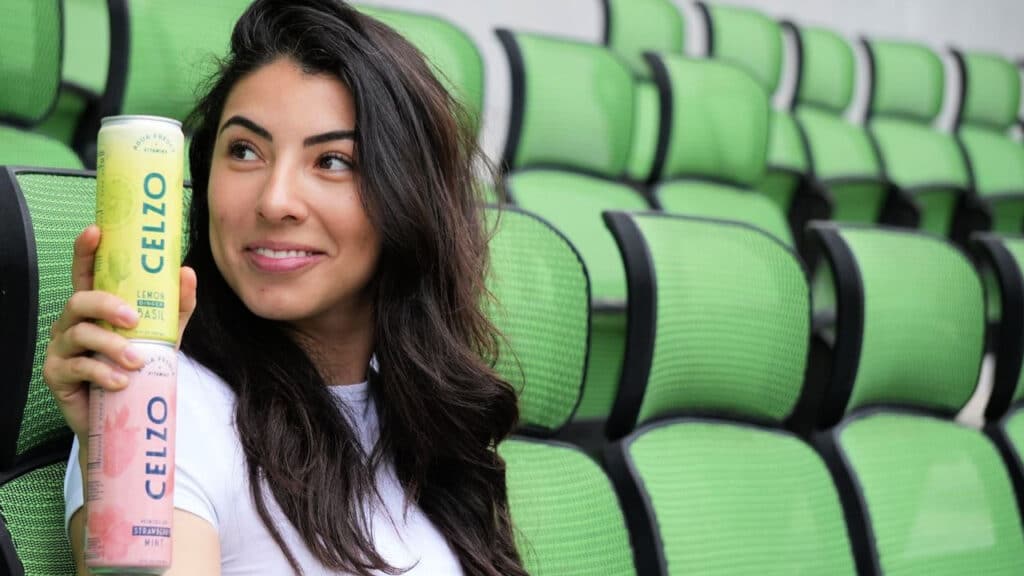Karol G’s Netflix Doc Was a Masterclass in Vulnerability—This Is the Woman Who Made It Possible
Cristina Costantini doesn’t just direct films. She delivers cultural blueprints. And with back-to-back documentaries hitting screens this spring, she’s making history—quietly, powerfully, and with her signature joy-meets-truth lens.
First came Karol G: Tomorrow Was Beautiful, the Netflix doc released May 8. Up next is SALLY, her tribute to the life and legacy of astronaut Sally Ride. Both films center on women who carved a space for themselves in male-dominated arenas. Both are shaped by Cristina’s unshakable belief: stories about pain don’t have to be told painfully.
Karol G’s Documentary Captures Power Through Tenderness
“I often say that there’s a difference when a woman is behind the camera,” I told Cristina during our interview. She nodded. The emotional intimacy in Karol G: Tomorrow Was Beautiful doesn’t happen by accident. “Louisa Conlon is the DP,” Cristina explained. “She’s an incredible cinematographer and director herself. People forget she’s filming. That vulnerability you see? Louisa’s a big part of that, too.”
And Cristina knows vulnerability. Before she ever picked up a camera, she was an award-winning investigative journalist reporting on immigration, detention centers, and the opioid crisis. She saw how data could shock but not always move. So she pivoted. “Documentaries are empathy machines,” she said. “So, I ask myself: Who needs to see this? What can we teach with this story?”
From Science Nerd to Director: How Cristina Found Her Lens
Cristina describes herself as a lifelong “science kid.” In fact, her next documentary, SALLY, is the product of a decades-long fascination with Sally Ride that began in elementary school. Cristina shared that she painted a mural of Sally Ride in elementary school and later did a fourth-grade research project on her. Directing the film SALLY was a full-circle moment.
In fact, her transition to storytelling came naturally. “The science I was doing was behavioral,” she said. “I’ve always been interested in why humans behave the way they do. And documentary filmmaking is just that.”
Why Karol G’s Documentary Needed a Latina Behind the Camera
Cristina didn’t need convincing to sign on for Karol G’s documentary. What clinched it? Watching Karol perform for the Today Show crowd.
“She broke their attendance record,” Cristina said. “You could tell the hosts were catching up. Like, ‘Karol… G?’ They didn’t know who she was the day before. But they knew that day.”
And that mattered. Karol G was topping charts in the U.S. without singing in English, and without pandering to white audiences. Cristina, a Wisconsin-born Latina, knew exactly what that meant. That pride, that moment where we don’t need anyone’s permission to be big, is the reason why she signed on.
Filming Karol G’s Documentary Meant Wrestling With 62 Concerts and a Mountain of Footage
The shoot spanned two years and more than 60 concerts. Cristina and her crew captured as much as they could, but Karol’s own social media team was constantly filming too. The result? “A mountain of footage,” Cristina laughed. “The hardest part was sewing it all together.”
Still, they found the story. Cristina’s favorite moment? A scene with Karol’s mom, post-NASA visit, reflecting on how far her daughter had come and how she could now give back. “That’s the scene that stayed with me,” she said.

Why Joy Is a Political Choice in Karol G’s Documentary
Cristina doesn’t shy away from hard truths. Karol’s story includes sexual harassment, heartbreak, and trauma. But the director refuses to center pain. Instead, she builds joy around it.
“I used to report on the darkest things you can imagine,” Cristina told me. “But it didn’t always capture the human. With Science Fair, I realized I could reach more people through joy.”
That clarity shaped her storytelling. “A Trojan horse,” she calls it. The joy is what invites you in. The truth is what stays.
Karol’s story, then, becomes a vessel for all of us: those who’ve been underestimated, overlooked, or told we’re too much. And Cristina’s direction ensures that what we remember isn’t the pain—it’s the power.
Cristina Costantini Is Building Our Canon, One Story at a Time
Finally, Cristina says she often asks herself, “Why me? Why this story?” The answer? Because so many of our stories have never been told.
“Where’s the Celia Cruz doc? Where’s the one on the Fania All Stars?” she asked. “There are whole eras missing.”
In the absence of a canon, Cristina is making one.
With Karol G: Tomorrow Was Beautiful and SALLY, she redefines what power looks like on screen. It’s raw and joyful. It’s vulnerable. And it’s ours.





